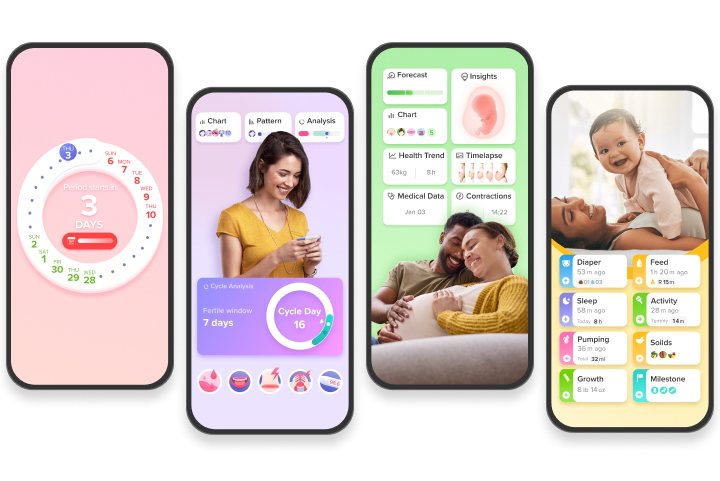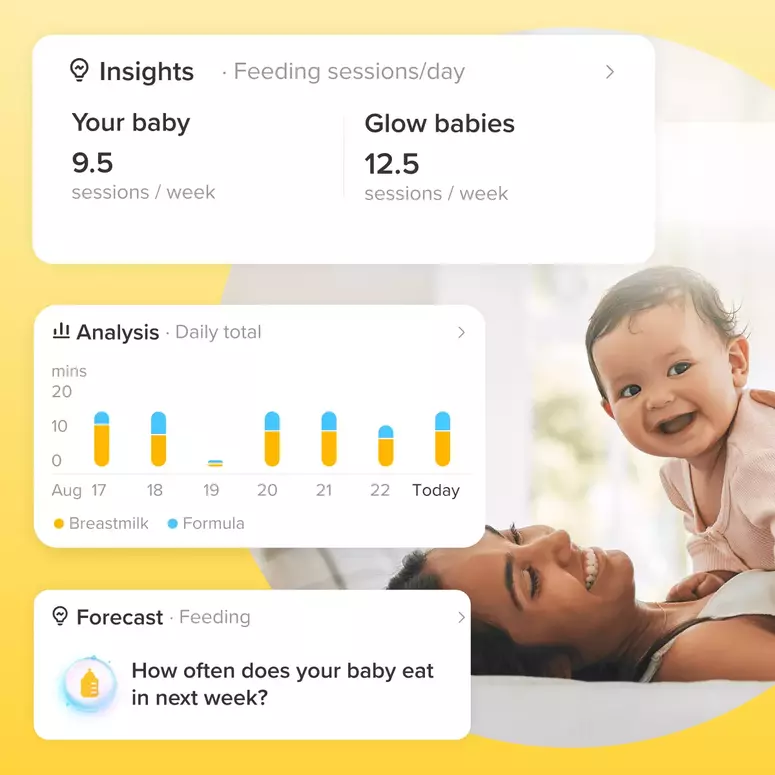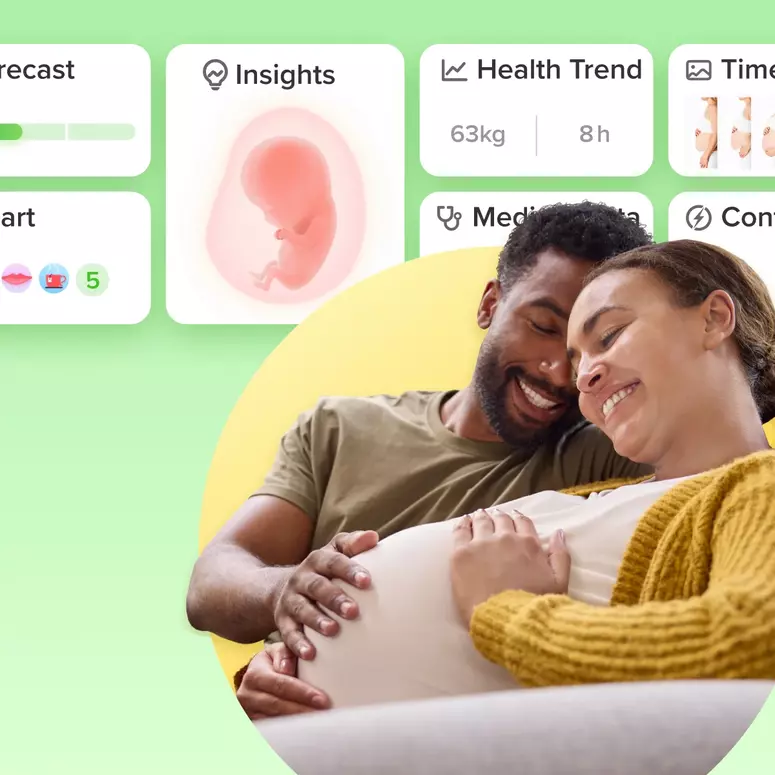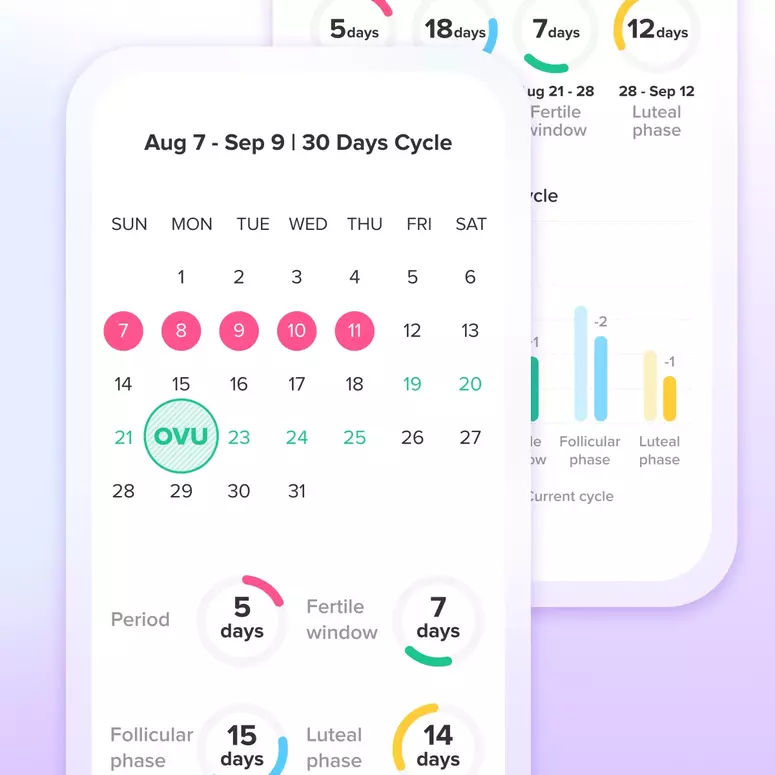If you're considering an IUD, read this.
Today I went for my IUD insertion. I was excited to finally have a stress free birth control. My doctor is a fantastic woman and she's very real and honest with me. She let me know I was going to be cramps for the rest of the day (she did not lie) and that if needed she would write a note so I could go home from work early (but I'm a good noodle and said it wasn't necessary!).
The pamphlets and resources online are great at letting you know what the benefits and the potential consequences are. She let me know too so I was informed.
1. It is very rare for pregnancy to occur while the IUD is inserted and is within its timeframe of useful life (mine is a Mirena so it's good until 2022). As in 5 out of 1000 women, which is the statistic my doctor used.
2. If you have more than one sexual partner or they don't/they have an STI, you still need to wear a condom. If you contract ghonerria or the clap, you will get sick from it while you are using an IUD. Please be safe.
3. It takes a few weeks or months for your uterine lining to thin and cause less periods or at least less bleeding. If you're concerned about having less periods (but let's be honest, it's the best benefit to this form of birth control), out of fear of being pregnant, as in you're afraid you'll be the .05%, you have signs you can look out for. If you're exhausted, sick, and have tender breasts, it's time to see your doctor to do some tests. If it comes back positive, they will see if the fetus is in the uterus or not. If not, they will need to either give you medicine or do surgery. If it is and you aren't too far along, they will take out the IUD immediately. This may result in a miscarriage, but is the safer option. The other option is if you are too far along, they will leave the IUD in.
4. Because of #3 she pointed out that the photo of the baby holding an IUD IS FAKEEEEE and most likely was just staged for laughs. The IUD will come out with the placenta, NOT THE BABY.
5. You should use an alternate form of birth control (meaning condoms) for the first seven days to ensure no pregnancies will occur while the IUD is starting to do its thing.
6. You experience a pinch, cramp, cramp. And the pain is an 8 out of 10. This coming from someone with a high pain threshold. She was blunt and honest about this being painful. And she diiiiiid not lie. It felt like I was punched in the cervix. With a knife. It got better after about 30 seconds to a minute as it fully unfolded, but when it was first inserted I thought I was going to die to be blunt.
7. You do not have to be on your period to have it inserted. While it is most doctors preference, some may insert while you aren't on your period. They prefer it because the cervix is more dilated while on your period, but it can be done without it. Talk to your doctor about your options.
8. You absolutely will cramp for the day. I went at 2 today and it's just now subsiding at 5 pm. However, they want you to be at a 2 or 3 pain for the cramps before you leave the office. So they will let you wait as long as you need to wait. But it feels WAY better when you move around a little (i.e. Get off the table, put on the pantyliner they provide, and get dressed).
9. The strings do not need to be short and it is the doctor's preference. Mine left my strings long because I use a menstrual cup and she wants it to bend for both that, and for my partner, rather than poking him. If this is a concern, just talk to your doctor about it.
10. Your doctor will want to see you in about a month to make sure the IUD is still doing well and the strings are okay.
Please be safe and keep an eye out for the side effects these may have. Sometimes (though rarely) the IUD can come out of place and perforate the uterus or cervix. Seek medical attention immediately if you believe this is occurring.
Overall it is worth it. I did a lot of research before deciding on this and I'm glad I did. Just thought personal experience and statistics from a doctor would help ease some minds!
Add Comment
Let's Glow!
Achieve your health goals from period to parenting.




